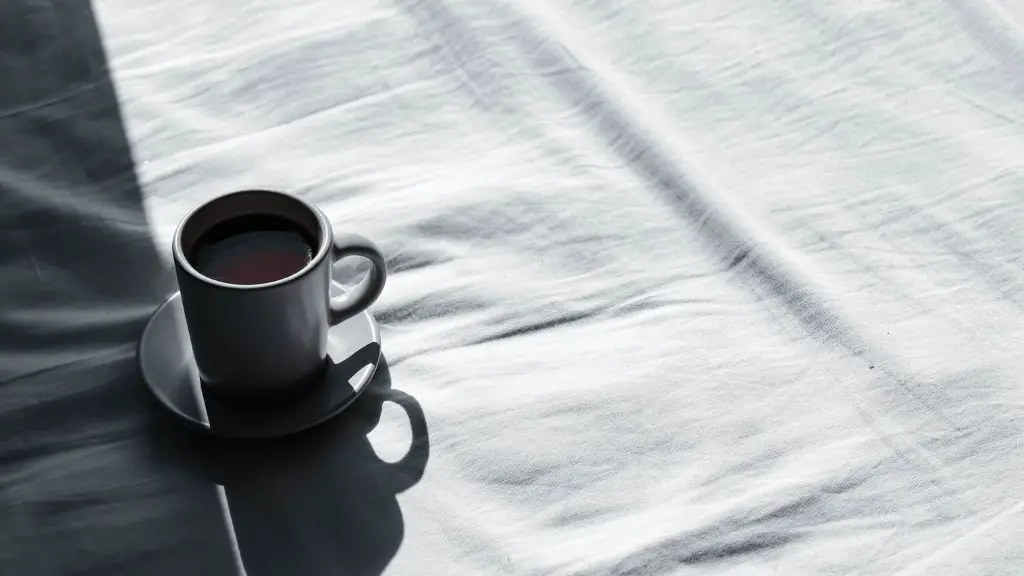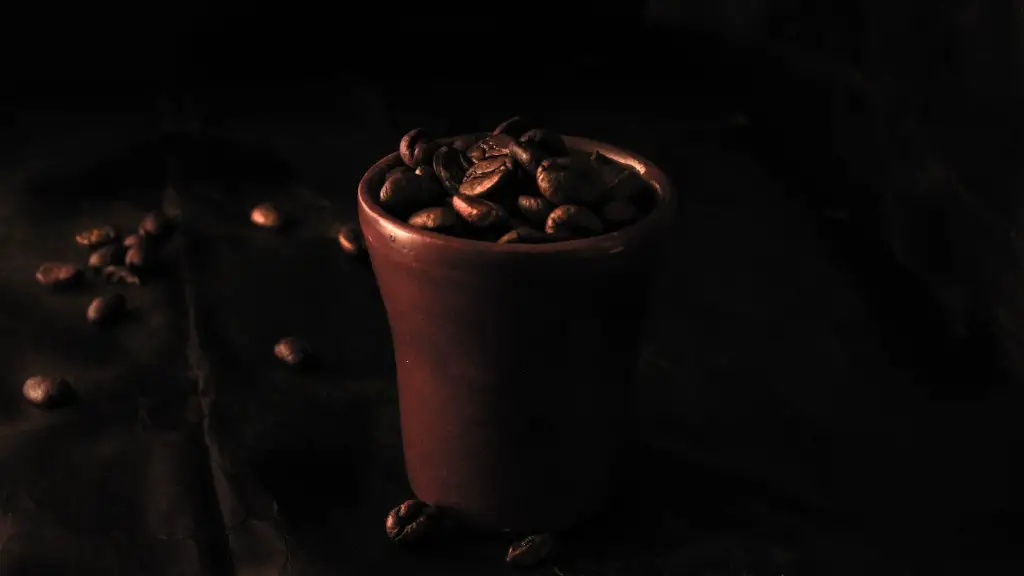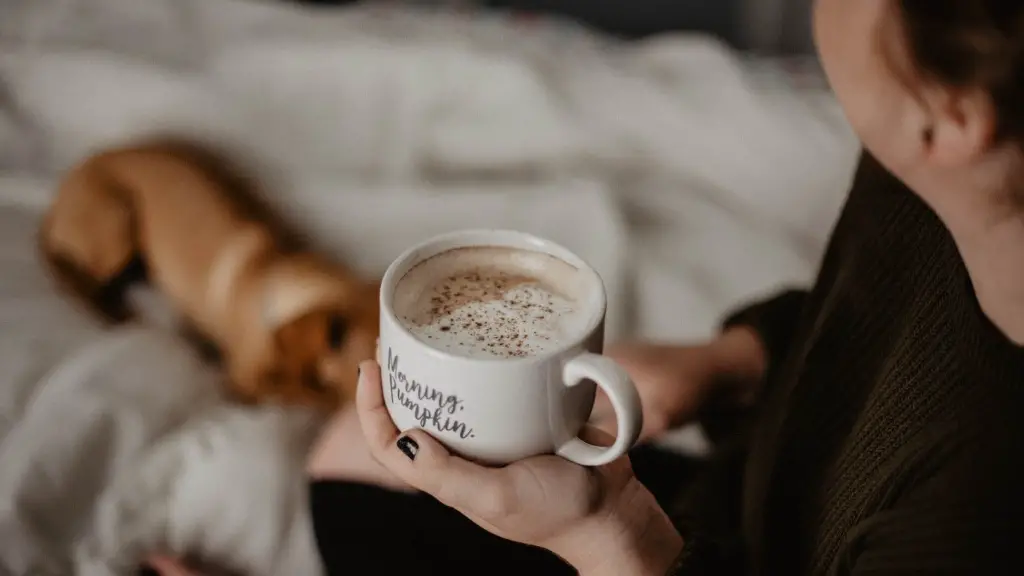Health Risks
One common question for coffee lovers is: is it safe to drink coffee grounds? It turns out that coffee grounds contain a lot of caffeine and can be potentially dangerous. Although the risk is lower than drinking brewed coffee, drinking coffee grounds can cause health risks, such as heart palpitations, nausea, and headaches. The caffeine content of coffee grounds can be up to five times higher than brewed coffee and can cause serious health issues if consumed in large amounts. Additionally, coffee grounds contain oils that can be hard for the body to process and can cause gastrointestinal distress. In rare cases, drinking coffee grounds can also lead to allergic reactions.
Nutritional Value
Another way to think about whether or not it is safe to drink coffee grounds, is to consider its nutritional value. Unfortunately, many of the beneficial nutrients of coffee grounds can be diminished by the brewing process. vitamins and minerals like potassium, calcium, and magnesium, as well as antioxidants, are significantly depleted once the beans have been brewed. That said, some of the beneficial compounds found in roasted coffee beans remain, including polyphenols and chlorogenic acid. Polyphenols can have anti-inflammatory properties, while chlorogenic acid has been to linked to lower blood sugar levels and blood pressure.
Preparation
Since drinking coffee grounds can potentially be dangerous, knowing how to prepare and consume them is key to ensuring safety. For starters, unless someone knows for certain that the coffee grounds are intended for drinking, it is best to avoid. It is important to research the source of the coffee grounds to figure out if they are safe for consumption and whether or not there are any potential contaminants in them. Additionally, when drinking coffee grounds, it is better to have them prepared with a cold brewing process.
Coffee Alternatives
There are several safer alternatives to drinking coffee grounds that can help individuals get their caffeine fix. One popular alternative is espresso shots, which are a one-ounce shot of espresso made with freshly ground espresso beans. For a less intense caffeine hit, cold brew or decaf coffee are also great alternatives. Additionally, for those who want to enjoy the flavor of coffee without the caffeine, teas like green and white tea or herbal teas like chamomile and lavender are a delightful option.
Accessories
When making coffee, it is important to have the right equipment to ensure a safe, delicious experience. For cold brew, a French press is one of the best tools to use. If someone prefers espresso, an espresso machine is necessary. A coffee bean grinder is also very handy for grinding up freshly roasted coffee beans and getting the right consistency for drinks. Finally, a milk steamer is necessary for making delicious lattes and cappuccinos.
Brewing Tips
When brewing coffee, following a few tips can help ensure a successful and enjoyable experience. First of all, freshly roasted coffee beans produce the best flavor and aroma. Secondly, it is important to have the right brewing temperature, as too cold or too hot of a temperature can affect the taste of the beverage. Lastly, when adding milk, it should be heated to the right temperature for an optimal flavor and texture.
Storage
When storing coffee beans or grounds, it is important to keep them away from heat, light, and moisture. Coffee beans can go bad quickly, so it is essential to store them properly. For optimal flavor, beans should be stored at room temperature in an airtight container and used within two weeks. When storing coffee grounds, they should also be stored at room temperature in an airtight container and used as soon as possible.
Types of Roasts
The variety of roasts available for coffee is vast and it can be helpful to understand the nuances between them. Light to medium roasts are sweet and balanced with fruity tones. Dark roasts have more pronounced and bitter roasted flavors and can be quite intense. Espresso combines the smoothness of light to medium roasts with the intense flavor and rich aroma of dark roasts. Lastly, decaf coffee takes away the caffeine without compromising on flavor.
Home Brewing
For those who love to make their own coffee, it is possible to do so from the comfort of home. With the right coffee maker, brewing delicious coffee at home is easy. For those who don’t have a coffee maker, it is still possible to make a tasty cup of joe with household items. Some common items used for DIY brewing include a Mason jar, paper filter, and a French press.
Coffee Subscriptions
For those who don’t have the time or inclination to shop for coffee regularly, it is possible to purchase coffee subscriptions boxes. Coffee subscriptions usually contain freshly roasted coffee beans and/or grounds, and they are a great way to enjoy a variety of coffees without having to constantly shop for new beans. Additionally, many subscription boxes also come with helpful tutorials and recipes.
Brewing Classes
Individuals who want to learn more about different brewing methods can take brewing classes. These classes usually involve hands-on instructions on how to create the perfect cup of coffee. In some cases, they can include a tour of a local coffee shop or factory. Attending these classes is a great way to learn about the different brewing methods, as well as the history and culture of coffee.


